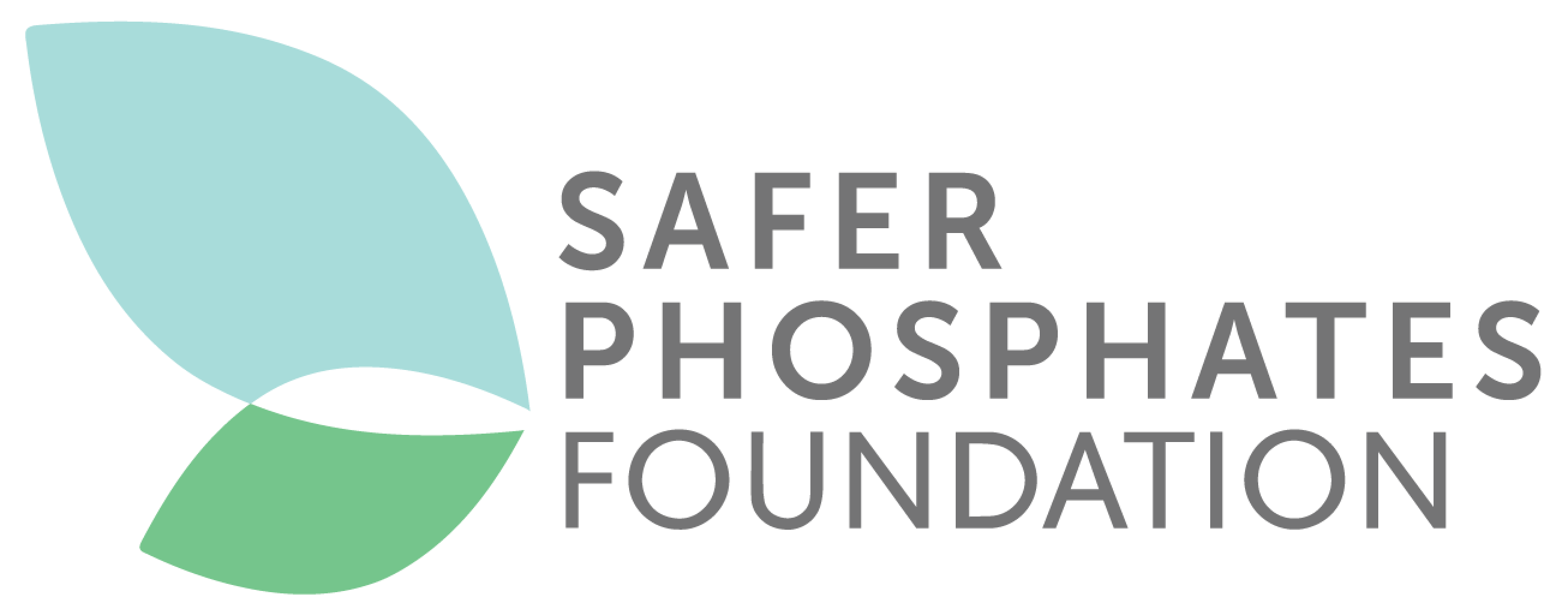On Saturday the 13th October we celebrate World Fertiliser Day. It is safe to assume that some of you may be asking yourselves, “What is the point of such a day?” I think that the answer is simple: fertilisers form a core component of modern agriculture and have been key to sustaining food security in recent decades.
Therefore, it makes sense that we have a day when we think about the role that crop nutrients play in agriculture, the economy and human health - and what we can do to make fertilisers safer and more reliable.
This year, its estimated that around 170 million tonnes of nutrient will be consumed, and with land areas increasingly constrained, it’s unlikely to change in the short-term.
For our European readers, it seems appropriate that World Fertiliser Day 2018 falls in the middle of a series of trilogues between the different EU policy-making institutions, now back in session under the guidance of the Austrian Presidency.
The goal of these trilogues is to discuss and agree on some of the more technical aspects of fertiliser regulation, including a proposed limit of cadmium in fertilisers. These will culminate in a political trilogue, scheduled for 22nd October. If approved, these reasonable and phased limitations on cadmium contents in fertilisers should support European food security for future generations.
)
One of the key concerns that MEPs will have to weigh up on the 22nd is the impact that such regulation could have on farming budgets. Some fertiliser producers would, over time, be required to adapt production processes to reduce the level of cadmium contained in the fertilisers they sell to farmers. This so-called “decadmiation” would require extra processing steps, and therefore costs, which some suppliers argue would be passed down the value chain. This, goes the argument, would make an already expensive input unaffordable to the end-user, farmers. Ahead of the trilogue, we thought we’d look into the accuracy of this statement.
Fertilisers are indeed an important component of farming budgets. Taking Italy as an example, in 2017 farmers are believed to have used 120kg nutrient per hectare. This equates to roughly 255kg of product per hectare, of which 60kg could be viewed as DAP equivalent. With the average price of DAP in Italy estimated at US$415/t in 2017, this equated to a cost of US$24/ha. Research indicates that decadmiation of phosphate rock could cost between US$2-10/t rock, equivalent to US$2-15/t of DAP. If this was transferred to the farmer, in the above example it would raise their cost/ha by US$1 to US$25/ha.
However, one thing to bear in mind is that sedimentary based phosphate rock producers can enjoy good margins. While many phosphate producers do not disclose financial results, we understand that rock production costs for some of the major merchant suppliers can be as low US$30/t, while market prices for phosphate rock in 2017 were around US$90/t. In this example, the additional burden on the manufacturer could easily be absorbed, without significantly eroding margins. This would not only help to protect our soils for future generations, but also ensure that farmers are not subject to higher fertiliser costs.
On that note, I trust you have an enjoyable week and a great Fertiliser Day.
This is Juan@SaferPhosphates signing out for another week.

